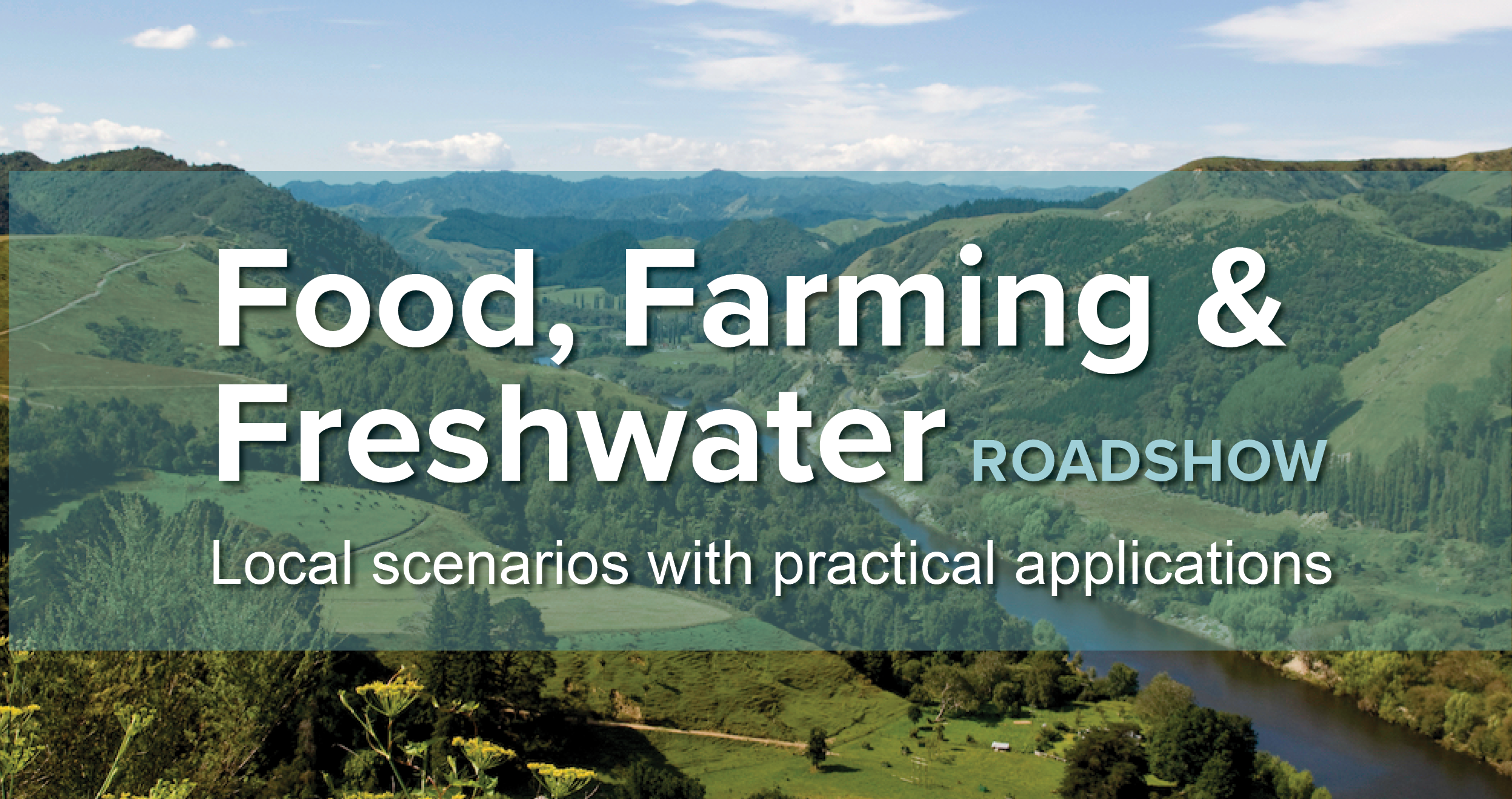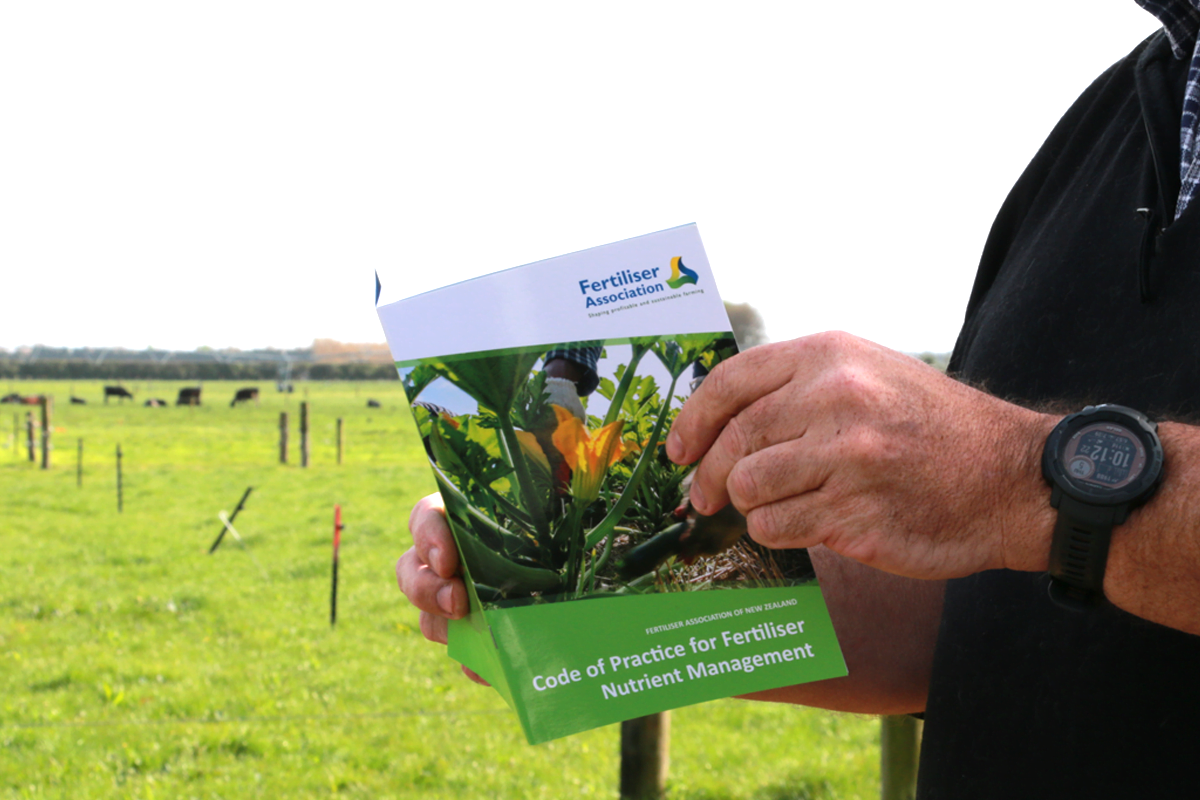November 02, 2023
Resources related to
Measuring Water Quality
Andriy Medvediuk - 123RF
How will we know if the actions people all over Aotearoa are taking to improve the health of our freshwater are working? Our research is striving to fill data gaps and build knowledge about how to measure and model water quality.
Evidence for the leaching of dissolved organic phosphorus to depth
Phosphorus (P) can leach from topsoil in inorganic and organic forms. While some evidence has shown inorganic P (orthophosphate) can leach to depth in some…
Sediment phosphorus buffering in streams at baseflow: A meta-analysis
Phosphorus (P) pollution of surface waters remains a challenge for protecting and improving water quality. Central to the challenge is understanding what regulates P concentrations…
Measuring the benefits of management actions: Mitigation effectiveness monitoring design (proof of concept phase)
A five-step process was developed to answer the key question asked of Working Group 1:’Have the mitigation actions resulted in improved freshwater outcomes?’. To assist…
Estimating and modelling the risk of redox-sensitive phosphorus loss from saturated soils using different soil tests
Phosphorus (P) loss from agricultural soils can negatively affect water quality. Models and management to decrease losses increasingly focus on P that is available and…
Measuring real time nitrate leaching from a Hawkes Bay onion Field
The primary objective of this project was to prove that successful real time ‘in situ’ nitrate measuring was possible using a nitrate sensor and that…
 View Our Strategy Document 2019 – 2024
View Our Strategy Document 2019 – 2024


